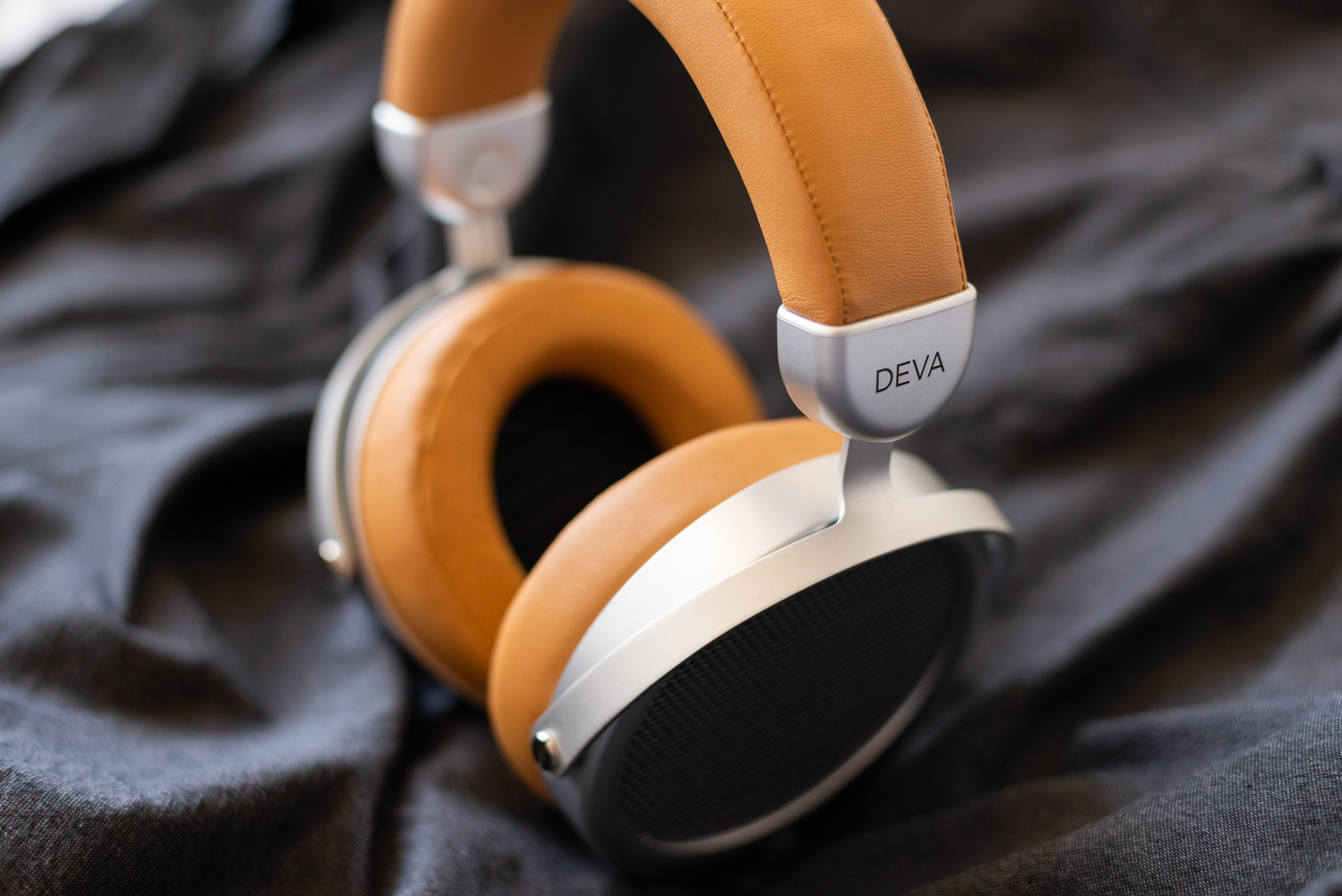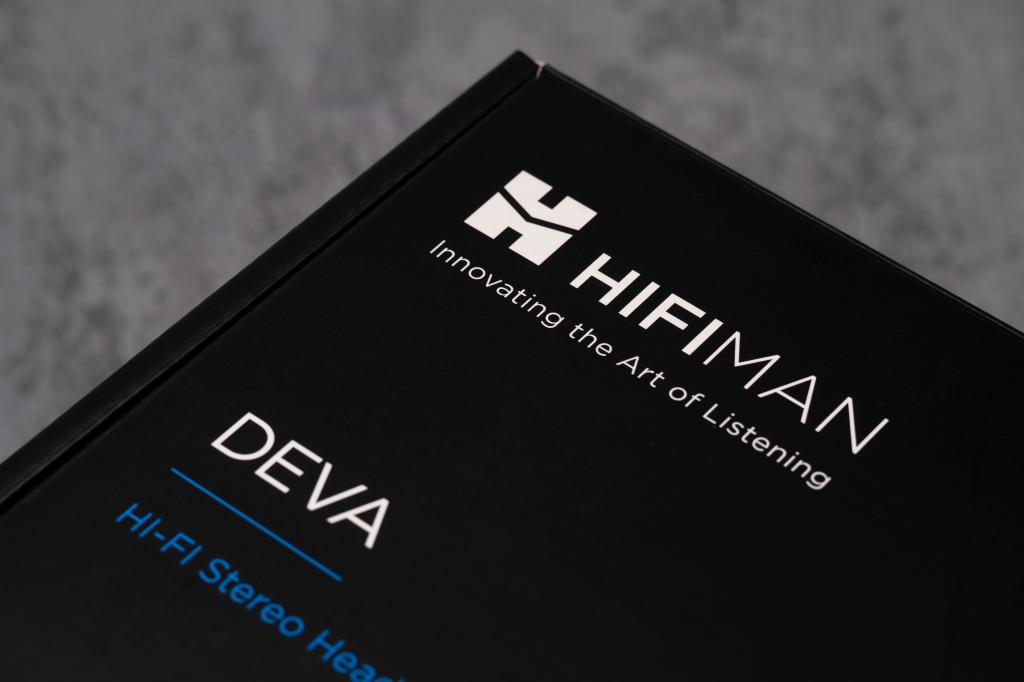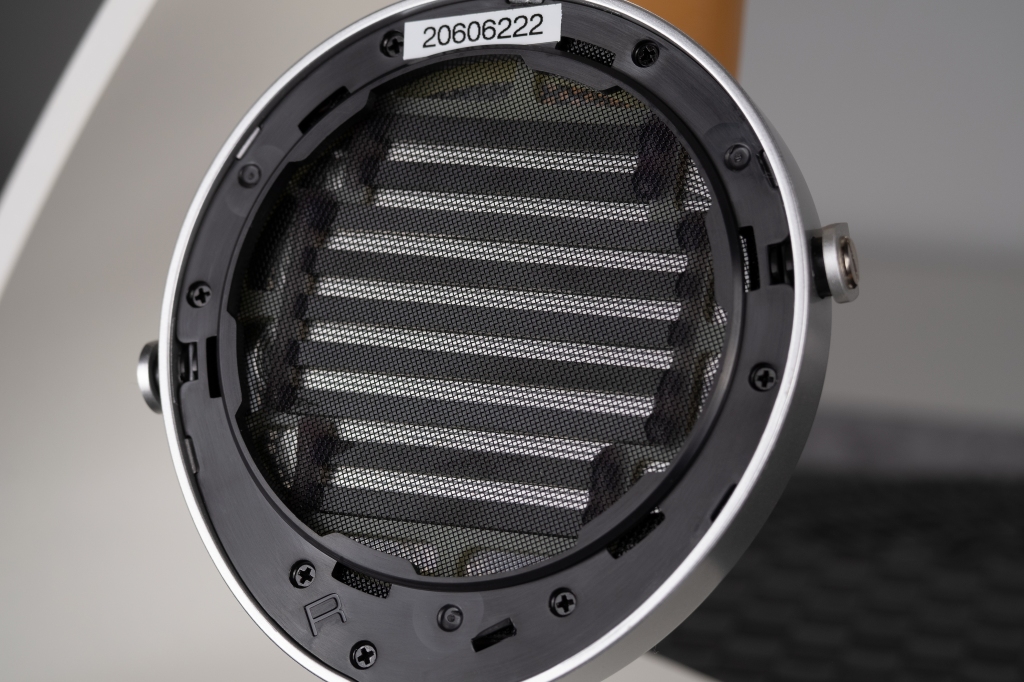After the huge success of the Bluetooth Deva, Hifiman decided to launch its wired version, pricing it at $219. As usual, it is a planar-magnetic headphone promising an unrivalled value.
Sound quality for the price
Rating: 10 out of 10.
Build quality and design
Rating: 9 out of 10.
Value
Rating: 10 out of 10.
Introduction
In 2020 Hifiman released the Deva – their second, full-sized Bluetooth headphone after the Ananda BT. It’s been vastly successful, thanks to its fantastic sound quality and convenience.
It wasn’t all double rainbow though – some people simply didn’t want to pay extra for the Bluetooth functionality they might never use. Hifiman has listened to these complaints, and they came up with a wired version of Deva, simply because not everyone needs Bluetooth functionality (me included actually). So, here it is.
Packaging
Say hello to Hifiman Deva.
The unboxing experience is quite similar to that of the Sundara or the HE-400i 2020. It’s a good looking outer box with not really much more into it. After opening it, you’re greeted by the Deva itself, the cable, and…that’s basically it. You’re also getting a manual and catalogue, but we’re living in an era of the internet – nobody really uses them anyway.
Having all that in mind, a simple conclusion comes into my mind – sure, it’s a modest and rather simple packaging, but this product isn’t meant to be luxurious or to seem expensive. Almost all of the budget went into the technology and materials, and that’s a good thing. Why bother including some quality accessories, if the performance of the product itself is rather poor? I prefer it to be the other way, and that’s exactly what happens here.
And here it is.
Cable
The included cable is Deva’s biggest weakness. It is basic and unimpressive. For the $219 asking price it’s fine, but don’t expect a quality cable coming with the new Deva. Also, it isn’t symmetric, which means that only one connector goes into the headphone itself (in this case, into the left earcup). Not a perfect solution, but I believe many people will actually appreciate this. I’d personally prefer a symmetrical entry into both earcups, but hey, it is what it is.
The included cable is…okay.
Build quality and design
But as far as the headphone goes, it impresses with basically everything.
In terms of the wired Hifiman models, Deva continues the fashion started by the 400i 2020. That means that it’s a very well-built pair of headphones, with the whole headband construction being identical to this of the 400i.
The only difference is in the earcups and the pads. The cups have an elongated shape in comparison to the round ones found in the 400i. This results in a more interesting look of the headphone, and it also affects the overall shape of the earpads as well. Thanks to that, they’re slightly more comfortable than the HE400i, as there’s simply more room around your ears.
The included pads are squishy, comfortable and nice to the touch. What’s interesting though, is that as shown on the photo below, they do look like a sweater from up close. Still, they are breathable and I really have no complaints.
Comfort
I was surprised when I first saw the earpads through the Macro lens. It looks like a sweater!
Let’s put that straight – Deva is a very comfortable pair of headphones. This is my go-to pair for gaming, because of that, and thanks to one thing, that I’ll describe in the sound section of this review.
Nonetheless, Deva weighs 360g, but you simply don’t feel that on your head. The clamping force is very subtle, resulting in a fatigue-free and lightweight listening experience. The one and only problem I feel is the cable. Because of it going into just the left earcup, I sometimes feel it dragging a little, as the connector itself is not the smallest one. It’s not too big of a problem, but if they made it angled, or the connector itself was smaller, it would have been a perfectly comfortable pair of headphones.
Tech
Old-School-ish planar magnetic driver with magnets on both sides – lovely.
Deva uses a planar-magnetic driver with magnets on both sides. This is a reference to the past, when Hifiman was producing their legendary line-up, including the HE-6, HE-500, etc.
Thanks to that, the drivers are heavier than the ones with the single-sided magnet array, and this kind of construction is relatively harder to drive. The impedance is rated at 18 oHms, with the sensitivity of 93.5 dB.
Sound
It really sings.
I personally believe that Hifiman leads the market when it comes to “affordable”, open-back headphones nowadays. They’ve got the he400i 2020, which we awarded as “Best Headphones of 2020” thanks to their incredible value. Also, they’ve got a very broad offering, with award-winning models in almost every price category – Sundara, Ananda, Arya, Susvara to name a few. In Bluetooth over-ear market they are playing in their own league, and now they gave us a wired version of the vastly popular Deva, and guess what…it’s yet another great product.
One thing that is worth mentioning is that the Deva is a similar headphone to Hifiman’s He400i 2020. The biggest difference between the two when it comes to the sound is a slightly different timbre. That’s actually a great thing, as we still think the 400i is THE headphone to beat in the +/- $200 price market.
Starting from the
bass, it is a touch boosted compared to the 400i 2020, and it has a slightly more sub-bass presence. It results in the low frequencies that are both neutral and boosted just a little bit. Result? A fantastic performing bass that is both well-controlled and fun to listen to.
“Sounds That Can’t Be Made” by Marillion starts with a hit and it continues throughout the whole song. While the 400i was greatly controlled and accurate, it lacked a little bit of kick, which is more prominent with the Deva. That made this song more enjoyable, powerful, and just simply better sounding.
That change also helps modern music quite a bit. Let’s talk The Weeknd “After Hours”. I’m not gonna talk about the pure awesomeness of this album, as I believe everyone knows what I’m talking about.
Getting back to it, that is a fun, fun, fun album to listen to, but it requires some kickbass presence to be really enjoyable. Well, while this is not perfect with the 400i 2020, it’s noticeably more enjoyable with the Deva.
This color combination is striking in real life.
The
midrange is again – quite neutral, but a touch different in terms of timbre than the 400i. While I described the latter as very neutral and uncolored, the Deva takes a slight step towards being warm and full-bodied sounding. Don’t expect the body or warmth of Audeze headphones though, as it is subtle here in the Deva.
This frequency also got me the biggest shock I’ve had in the headphone audio for a while now. The first song I’m always playing with the new gear is “A thousand Shards of Heaven” by Lunatic Soul. I’ve done it a couple thousand times now and I know every single note as my own pocket. Yet after trying the Deva for the first time I was well…shocked. As speechless as I’ve been, I asked my girlfriend to come to the desk and to listen to the same song as well. Observing her face as she was submerged into this musical abyss was quite nervous for me, as I waited for her feedback about my sanity.
As expected though, she took them off and simply said – wow, beautiful. That’s exactly what I’ve heard. The vocal of Mariusz Duda was such beautifully mellow, moist, resonating, romantic…it is hard for me to explain the genesis of such thing by looking at the frequency response. One thing I’m sure though – that was a TOP 5 performance when it comes to this specific song that I’ve ever heard, and I’ve tried it on some really serious gear, reaching 100k dollars and above. Stunning.
The
treble is where I hear the least differences between the 400i and the Deva. It is vivid, crispy and well-controlled, but it doesn’t get sharp or unpleasant, running from the ATOM stack, which is known for not hiding anything in the upper frequencies. That results in a very energetic and neutral response that is well-suited for every music genre. The only thing that is not super impressive is the cymbals. Don’t get me wrong, they do sound great and detailed, but they lack body just a little bit. That’s not a problem though, as I think that only high-end, top of the line headphones tend to really get those right in terms of timbre and that pure, metallic sound.
As a result, listening to Fletwood Mac’s “Rumours” album is a great journey to enjoy. While not the best I’ve heard, it is definitely shockingly good for a +/- $200 pair of headphones. Chapeau bas.
But still, not as striking as the sound quality.
And it doesn’t end there. Now into the biggest difference between the 400i and the Deva – the
soundstage. I’ll put it as simple as it gets – Deva is the best staging headphone under 500 USD that I’ve ever heard, period. Wide, deep, razor-sharp and such holographic. It’s easiest to notice in gaming – while the 400i 2020 gave me a great gaming experience in FPS games, the Deva is just simply spectacular in this regard. They do create such a realistic, 3D soundstage that I kinda feel like I’m cheating. Also, what’s the most impressive is the ease of distinguishing the front and the rear. I actually believe that the Deva does this one thing better than the Sennheiser HD800 – and that means a lot to me.
Comparisons
VS Hifiman HE400i 2020
Hifiman HE400i 2020
Well, I’ve spent a big part of this review comparing these two, but let me summarize things. The 400i is the more neutral, flat and linear sounding of the two, which results in a more analytical and studio-like listening experience. The Deva, on the other hand, is a little bit fuller sounding, warmer and more pleasant. It also has a better sub-bass response, and most importantly – an even better soundstage. While the 2020’s staging capabilities are impressive, the Deva is, yet again – the best staging headphone I’ve ever heard in this price range.
VS Meze 99 Classics
Meze 99 Classics
Okay, these two are just different – while the 99 Classics is fun, bold and in-your-face sounding, it lacks the definition, staging, and detail of the Deva. This planar-magnetic driver is really hard to beat when it comes to imaging, accuracy, and transparency of the sound. If you’re all about that big, bassy, and energetic sound then sure, consider the Meze – you might actually love them. But, for every single other reason, Deva is an easy choice.
VS Dekoni Blue
Dekoni Blue
This one is a similar story to the one with Meze 99 Classics – If you want that huge, saturated bass and very forward, exciting sound, then the Dekoni Blue has the edge. If you value detail, soundstage and resolution though, the Deva is a no-brainer and it beats the Blue by a big margin. If you have quite a collection under your hand, then the Dekoni Blue is an exciting addition thanks to many things (review coming soon – stay tuned!), but if you’re looking for the best possible pair of headphones within that price range, Deva wins easily.
Summary
Deva is just shockingly good.
Hifiman yet again proves that it plays in its own league when it comes to “budget” open-back headphones. Even though they’ve got the Award-Winning he400i 2020 that beats all the competition, they’ve released the wired version of Deva, which in some areas is even better. If you’re looking for the best possible sound quality for 200-300 USD, then the DEVA is a very, very strong contender. Extraordinary.
Highly recommended.
Gear used during this review for the sake of comparison and as an accompanying equipment:
- Headphones – Audeze LCD3, Hifiman HE 400i 2020, Meze 99 Classics, Dekoni Blue, AKG K501
- Sources– Cayin N3Pro, JDSLabs Atom DAC + Atom AMP, Luxman R-1040, Ayon HA-3






















